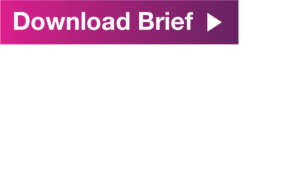Increasing Indigenous Physicians in Healthcare
There are longstanding health inequities for First Nations, Métis, and Inuit communities in Canada, but Indigenous physicians are well positioned to rebuild health services and trust among Indigenous communities. This research examines ways to increase the representation of First Nations, Métis, and Inuit physicians, looking at the barriers and the ways to overcome them.
This paper builds on our previous quantitative analysis of Indigenous representation in health professions across Canada. How can early career guidance and mentorship assist aspiring physicians? What barriers do Indigenous students face before and during medical school? What supports can help them access and succeed in medical education? What collaborative efforts are key to driving systemic change to better support Indigenous physicians? How are Indigenous physicians central to addressing health inequities in Indigenous communities?



Key insights
Rigid criteria like high GPA, MCAT, and Casper cutoffs have historically excluded many strong Indigenous candidates. Some schools, such as McGill University, NOSM U, and Toronto Metropolitan University, have removed the MCAT and adopted Indigenous-led reviews, yet disparities remain.
Indigenous students and early-career physicians succeed when they see themselves reflected in faculty, leadership, and peers. Culturally aligned mentorship, through programs such as the Indigenous Physicians Association of Canada, builds confidence, reduces isolation, and supports long-term success in medicine.
Efforts to embed cultural safety and Indigenous governance in healthcare and medical education are increasing, but not fast enough. Strategies like St. Joseph’s Care Group’s Walking with Humility and the Canadian Medical Association’s Impact 2040 Strategy show progress; however, implementation remains inconsistent across the country.




